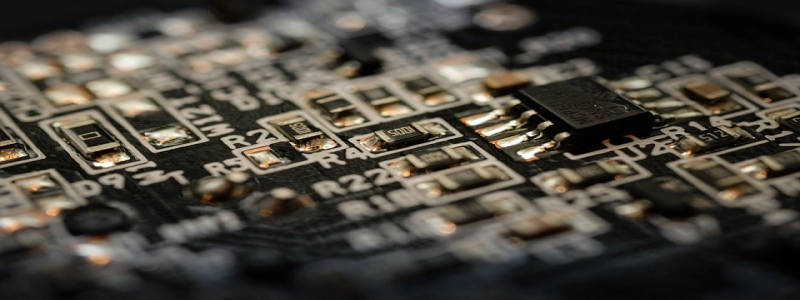Serial to Ethernet Bridge: Enhancing Connectivity
Einführung:
In today’s interconnected world, the need for seamless communication between different devices and systems is paramount. Serial devices, such as PLCs (Programmable Logic Controllers), industrial sensors, and data loggers, often rely on a physical connection via a serial port. Jedoch, with the rapid growth of Ethernet-based networks, there is a demand for bridging the gap between serial devices and Ethernet networks. This article explores the concept of a Serial to Ethernet Bridge and its benefits in enhancing connectivity.
ICH. What is a Serial to Ethernet Bridge?
A Serial to Ethernet Bridge is a device that serves as a communication pathway between serial devices and Ethernet networks. It facilitates the translation of serial data into Ethernet-compatible packets, enabling seamless integration with other networked devices. This bridge acts as a connector, providing a secure and reliable connection for serial devices to communicate over Ethernet networks.
II. How does a Serial to Ethernet Bridge work?
The bridge operates by converting serial data into TCP/IP (Transmission Control Protocol/Internet Protocol) packets, which can be transmitted and received via Ethernet. It utilizes hardware and software components, including UART (Universal Asynchronous Receiver-Transmitter) chips, Ethernet controllers, and TCP/IP protocol stacks, to establish a bidirectional communication channel between serial and Ethernet interfaces. The bridge can be implemented through dedicated hardware or through software-based solutions.
III. Benefits of using a Serial to Ethernet Bridge:
1. Extended Range: Ethernet networks offer a much larger range compared to traditional serial connections. By utilizing a Serial to Ethernet Bridge, the reach of serial devices can be extended to the entire network, allowing communication over long distances and spanning multiple locations.
2. Enhanced Flexibility: Ethernet networks provide greater flexibility in terms of device placement and network topology. By connecting serial devices to an Ethernet network, they can be easily integrated into existing infrastructure, eliminating the need for additional wiring and simplifying device management.
3. Interoperability: A Serial to Ethernet Bridge enables connectivity between diverse devices and systems. Serial devices, previously limited by their proprietary communication protocols, can now communicate seamlessly with other networked devices, including computers, servers, and mobile devices.
4. Remote Access: With a Serial to Ethernet Bridge, remote access to serial devices becomes feasible. By transmitting serial data over an Ethernet network, authorized personnel can remotely monitor and control critical systems or perform diagnostics, reducing downtime and increasing operational efficiency.
5. Scalability: Ethernet networks provide scalability, enabling the addition of new devices and expanding the network seamlessly. Serial to Ethernet Bridges can easily accommodate the integration of new serial devices into the network, ensuring future-proof connectivity.
Abschluss:
The Serial to Ethernet Bridge plays a crucial role in bridging the communication gap between traditional serial devices and Ethernet networks. By providing extended range, enhanced flexibility, interoperability, remote access, and scalability, this technology opens up new possibilities for industrial automation, IoT (Internet of Things), and various other applications. With the world becoming increasingly interconnected, a Serial to Ethernet Bridge is essential for optimizing connectivity and driving efficiency in today’s digital age.








